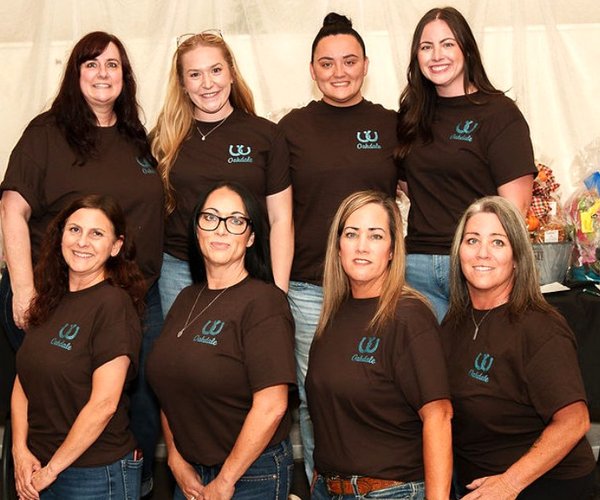Collins expressed that he would consider returning to Cardozo Middle School to help science students with the event giving them advice and using their prototype as an example.
Cardozo Middle School Students Getting Energized About Science





